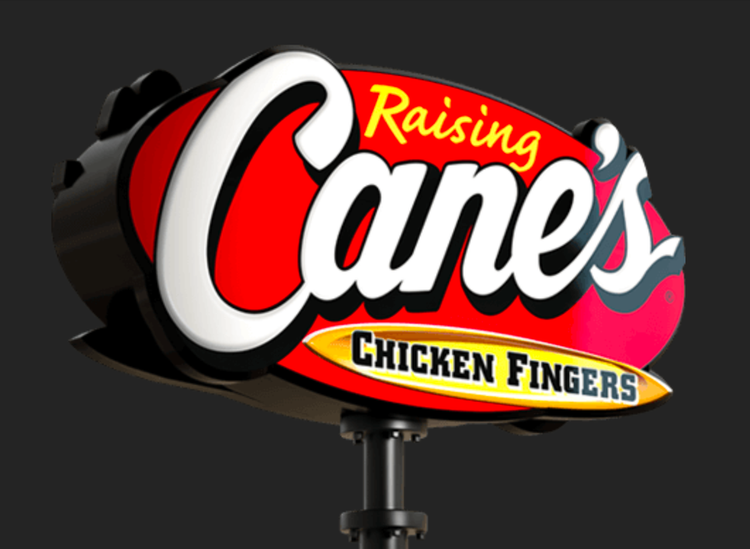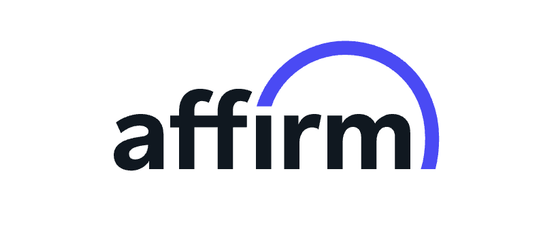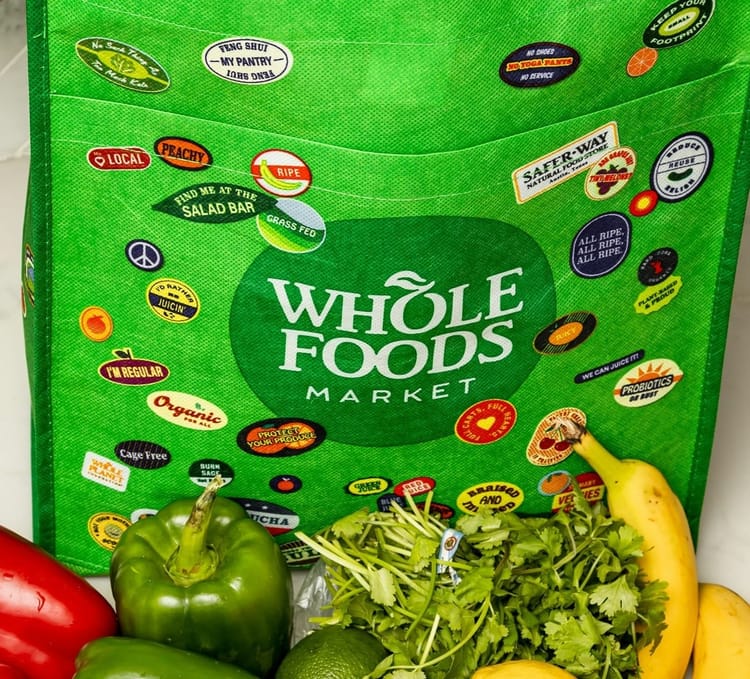YouTube: The Origin of This Content Giant
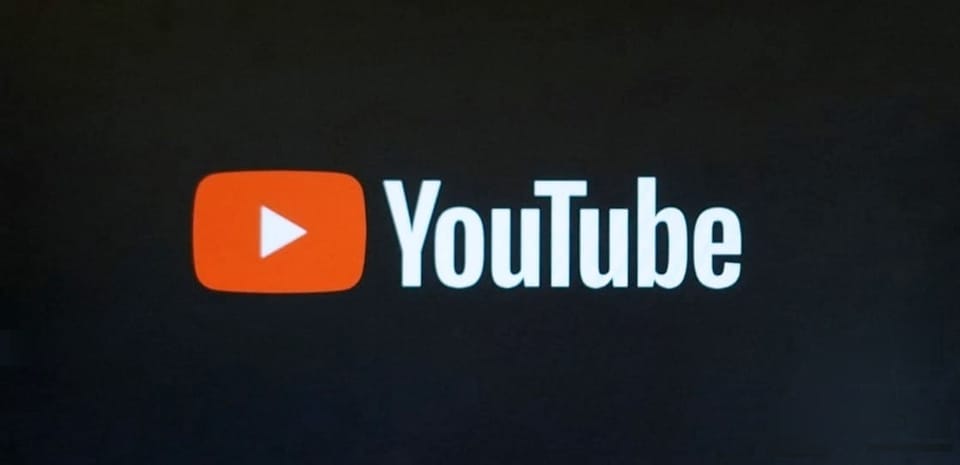
In the early 2000s, the internet was starting to transform how people interacted online—but video was lagging behind. Sharing video content was clunky, slow, and technically frustrating. There were no easy solutions for everyday people to upload, stream, and watch videos with friends or a broader audience. Enter YouTube—a platform that started as a simple tool to share videos but quickly reshaped media, culture, and business at large.
The story begins in 2005, when three former PayPal employees—Steve Chen, Chad Hurley, and Jawed Karim—set out to solve a personal problem. They wanted to share videos online but couldn’t find a smooth way to do it. That technical headache became a business opportunity. Instead of just complaining about the gap, they built something better.
The initial idea for YouTube was casual. Some say it was about sharing party videos, others cite the difficulty of finding timely clips online, like Janet Jackson’s infamous Super Bowl moment. Regardless of the specific spark, the broader problem was real: online video hosting was a mess. Big files were hard to share, and platforms like email or message boards couldn’t handle them. YouTube’s core innovation wasn’t just the idea of uploading videos; it was how easily users could do it and how instantly others could watch.
By February 2005, YouTube was live as a beta. Its first video, “Me at the zoo,” was a simple 19-second clip of co-founder Jawed Karim talking about elephants. But that video would become the start of a global media shift. With its clean layout, built-in video player, and the ability to embed content anywhere, YouTube exploded in popularity. Within months, it was clear the founders had created something far more powerful than a video-sharing site.
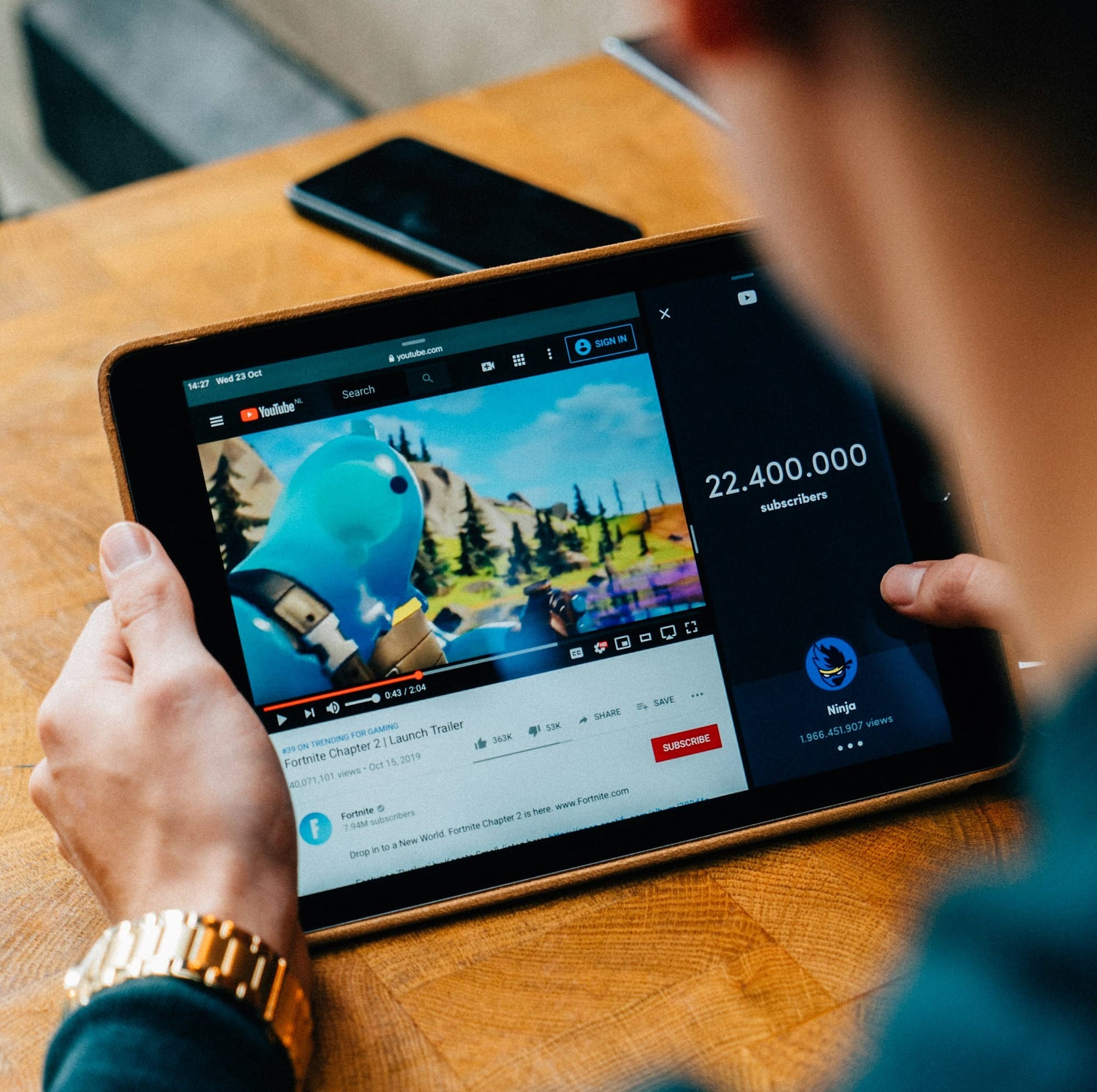
YouTube’s early growth was fueled by two core factors: ease of use and timing. Broadband internet was becoming more common, allowing for faster video playback. And social media hadn’t yet matured, meaning YouTube filled a unique space where creators and users could gather. Unlike traditional media, which filtered who could create and distribute content, YouTube was wide open. Anyone with a camera and an internet connection could become a creator.
By the summer of 2006, YouTube was hosting more than 100 million video views per day. The site became a cultural force, as viral videos like “Charlie Bit My Finger” and “Evolution of Dance” spread like wildfire. More importantly, YouTube started to develop communities. People weren’t just watching but also subscribing, commenting, and creating in response to each other. The flywheel was spinning.
The rapid growth didn’t go unnoticed. In November 2006, Google acquired YouTube for $1.65 billion in stock—a controversial move at the time. But it proved to be one of the most important acquisitions in internet history. Under Google, YouTube gained the infrastructure and financial backing to expand while remaining free to use. The deal also marked a turning point: YouTube was no longer just a startup; it was now a pillar of the digital media future.
Should they have acquired YouTube?
Google’s acquisition of YouTube is now considered one of the most important deals in tech history. But back in 2006, when the platform was barely over a year old, the $1.65 billion price tag seemed outrageous. Critics questioned why Google would pay so much for a site with no clear revenue model.
Yet the logic behind the deal became clearer with time. YouTube had already captured massive traction—millions of users were uploading, sharing, and watching videos every day. It had become the default destination for online video, and the scale of its engagement was unlike anything else at the time. Google was buying the future of internet media.
To be fair, YouTube wasn’t the only tech startup drawing attention. Around the same time, Facebook was expanding rapidly, and platforms like Skype and Myspace were fetching huge valuations. But YouTube’s momentum, user behavior, and cultural relevance gave it a kind of staying power others couldn’t match. In hindsight, that billion-dollar bet looks less like a gamble and more like a steal.
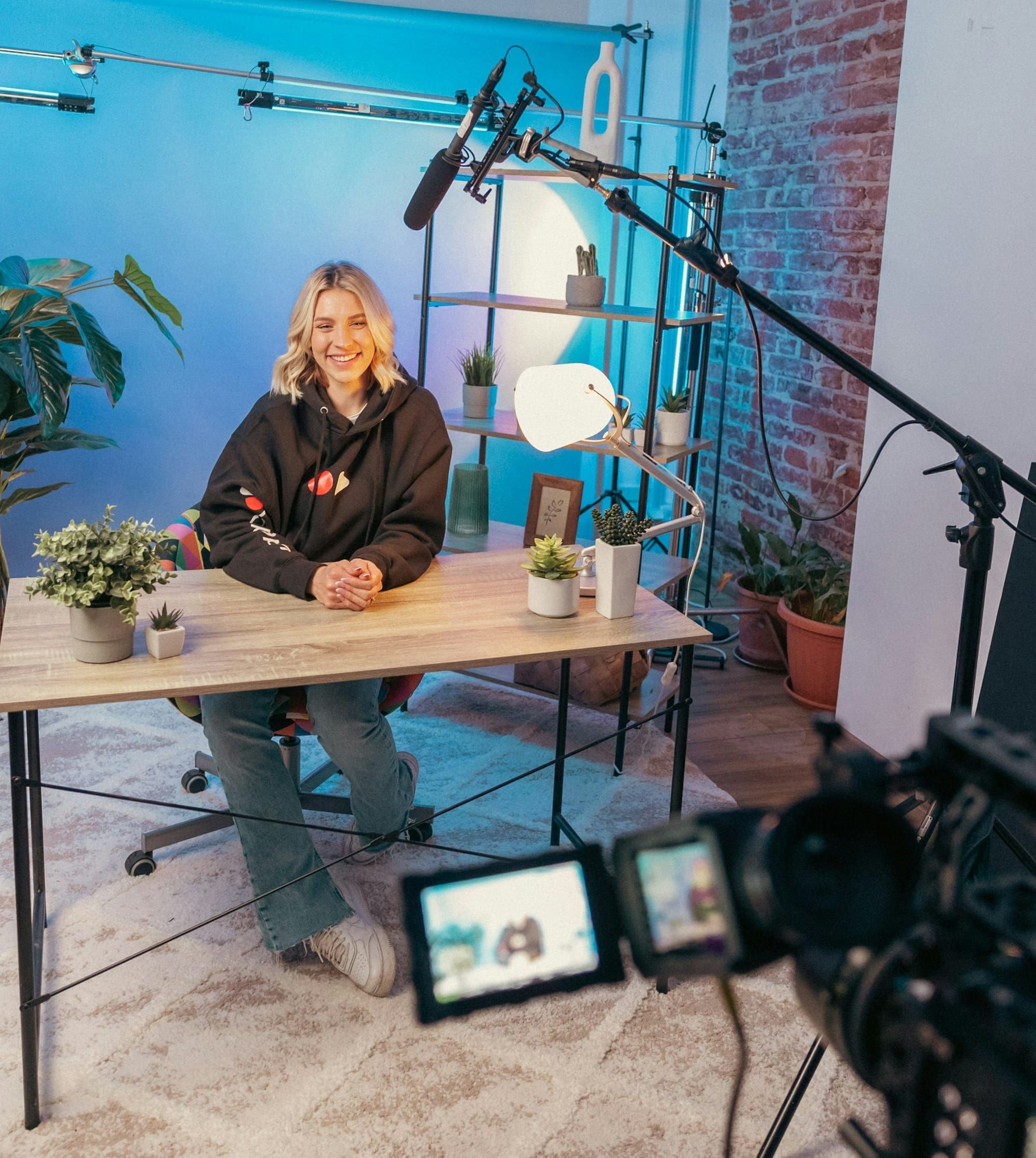
Monetization became the next challenge. Hosting millions of hours of video isn’t cheap, and YouTube had to find a way to make the platform profitable without alienating users. Their answer was a combination of advertising and partner revenue sharing. By launching the YouTube Partner Program in 2007, they gave creators the ability to earn money through ad revenue—effectively creating a new class of online entrepreneur. This was a major turning point. Now, posting videos wasn’t just a hobby; it could be a career.
This shift helped birth a new ecosystem: the creator economy. As influencers, entertainers, educators, and niche hobbyists realized they could earn income through YouTube, the quality and quantity of content exploded. And unlike television, YouTube didn’t gatekeep. A creator could go from unknown to viral in days, without needing an agent, studio, or record label.
But scale brought complexity. YouTube had to figure out content moderation, copyright enforcement, algorithmic recommendations, and more. The site rolled out tools like Content ID to automatically detect copyrighted material, and adjusted its recommendation systems to prioritize engaging, advertiser-friendly content. These changes sparked debates about censorship, creator freedom, and platform responsibility.
Still, YouTube continued growing. It expanded to mobile, launched YouTube Premium (formerly YouTube Red), introduced YouTube Shorts to compete with TikTok, and YouTube TV to tap into cable-cutting households. Each move represented a broader strategy: diversify revenue streams while staying central to how people consume video.
From a business perspective, YouTube is a masterclass in platform building. It solved a real problem, delivered a seamless experience, and then used network effects to scale. More users meant more creators. More creators meant more content. More content meant more viewers—and so the cycle repeated. Combined with Google’s ad infrastructure, YouTube became a massive cash machine.
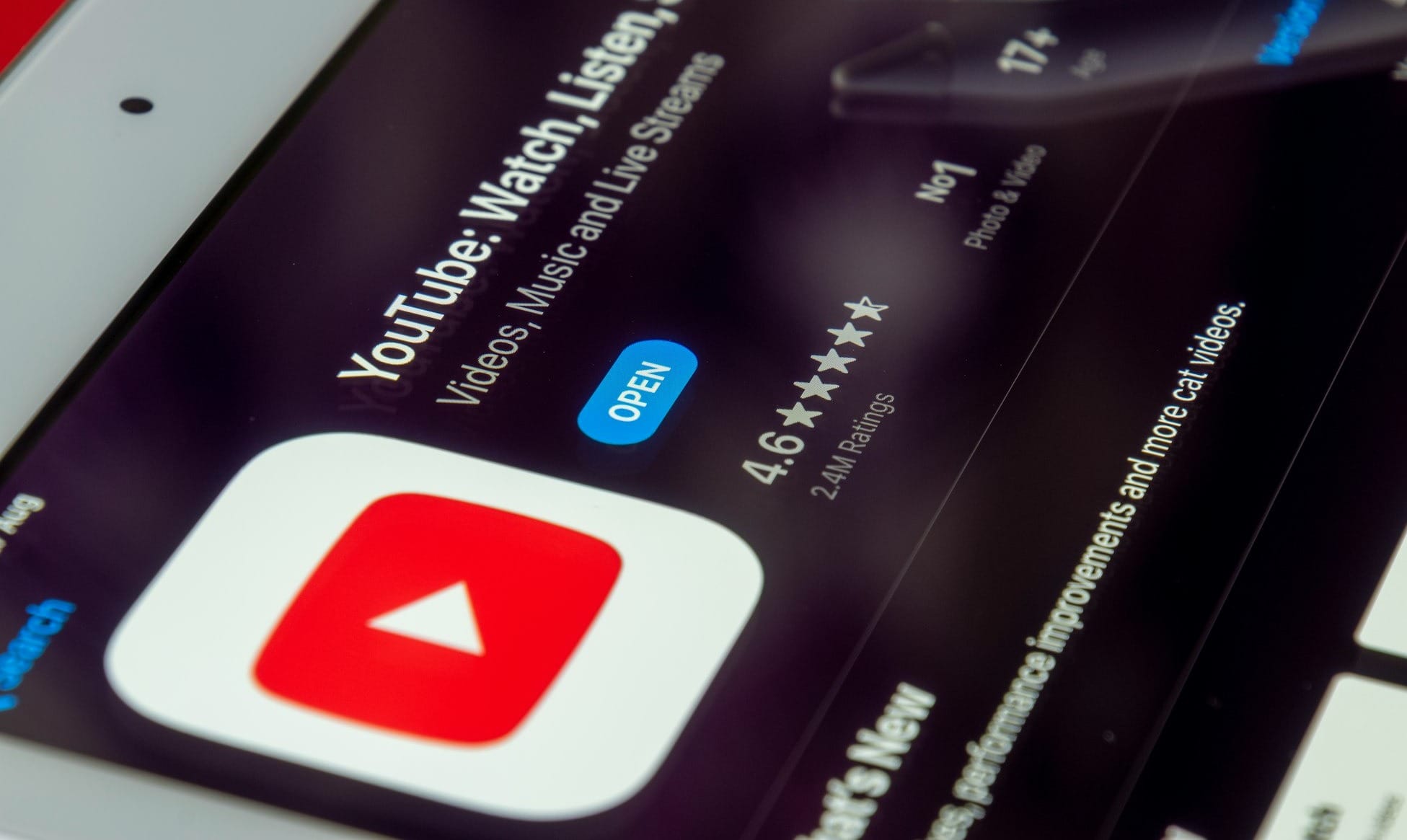
YouTube’s biggest strength is arguably its versatility. It serves every niche—from DIY tutorials to political commentary, beauty vlogs to physics lectures. This universality has made it the second most-visited site in the world, behind only Google itself. And it has kept pace by continually iterating on user needs.
Take the rise of Shorts. When TikTok began dominating short-form video, YouTube didn’t dismiss it. Instead, they integrated a rival product into their platform and promoted it through algorithmic incentives. By leveraging its massive user base and creator loyalty, YouTube made Shorts an instant player in the space without starting from scratch.
Another key to YouTube’s enduring success is its hybrid identity. It’s part social media platform, part search engine, part entertainment hub, and part educational resource. This allows the company to generate revenue from multiple directions—ads, subscriptions, channel memberships, Super Chats, and more. While some platforms rely heavily on one model, YouTube has diversified wisely.
But with great scale comes great responsibility. YouTube has been at the center of numerous controversies, from misinformation to demonetization complaints. Balancing free expression with advertiser demands and user safety is no easy feat. YouTube has responded with updated community guidelines, stricter policies, and more investment in trust and safety teams. These efforts haven’t silenced all critics, but they show a platform constantly evolving.
Monopolies are just a part of business?
YouTube’s dominance in the world of online video isn’t just impressive—it’s nearly untouchable. And that might not be a coincidence. As a platform owned by Google, YouTube has a unique advantage: it’s deeply embedded in the very ecosystem that controls how most of the internet is discovered and monetized. From top placement in search results to access to the most powerful ad network in the world, YouTube has tools at its disposal that no competitor can match. It raises a compelling thought—maybe YouTube isn’t the only major video platform simply because it’s the best. Maybe it’s also because the system makes it nearly impossible for anything else to grow. And it’s not all just speculation—Google has faced regulatory scrutiny and antitrust lawsuits for these very practices.
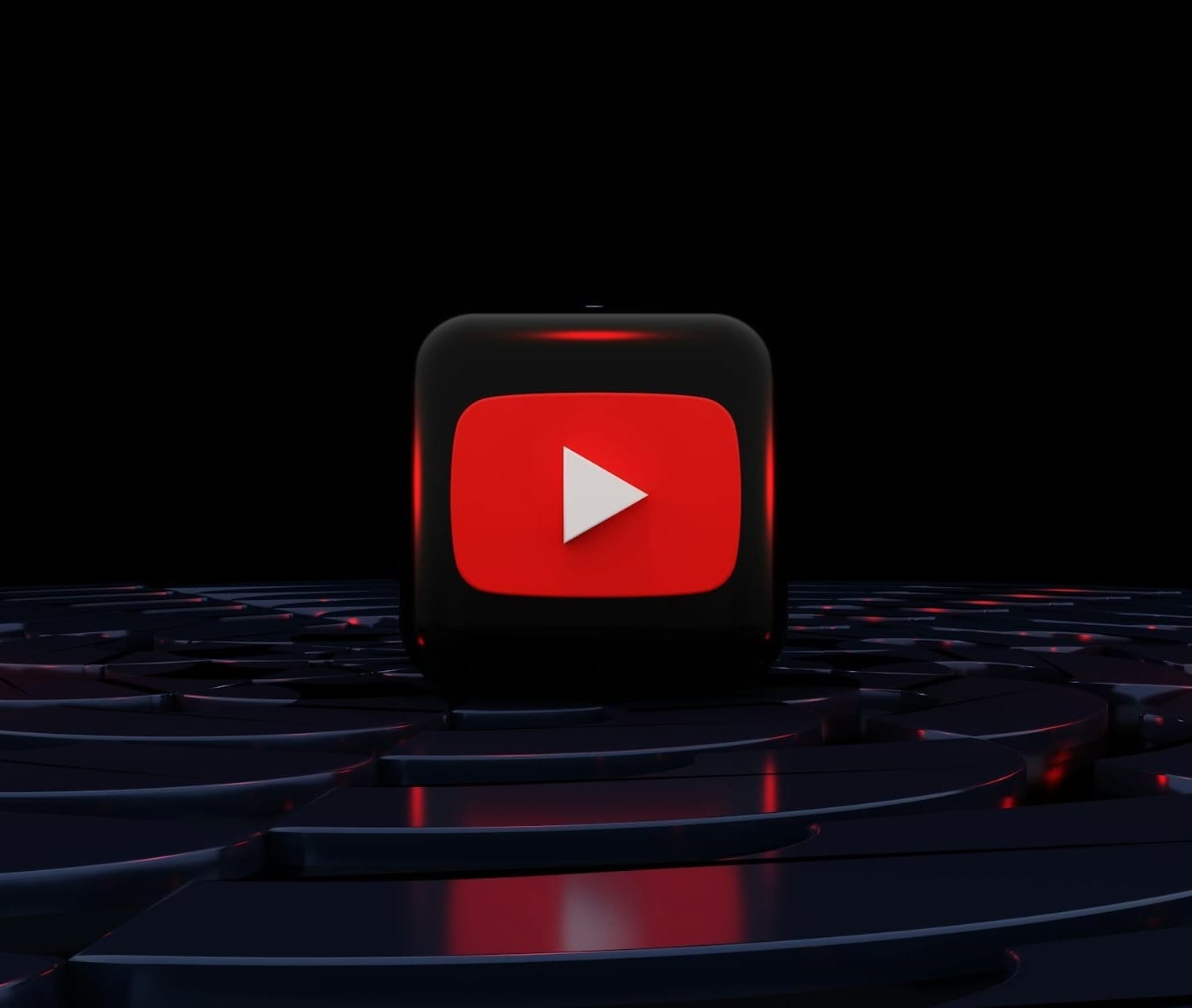
At its core, YouTube’s success comes down to one thing: giving people the tools to share their voice, and built a system where value flows both ways. Viewers get content they care about. Creators get paid to make it. The company earns money by connecting the two. It proves that solving a real pain point, scaling through community, and staying ahead of user behavior can create something truly world-changing.
Works Cited
- YouTube. (2024). About YouTube. https://www.youtube.com/about/
- Time. (2020). The 100 Most Influential Companies: YouTube. https://time.com/collection/time100-companies/5953713/youtube/
- Wired. (2015). The Untold Story of YouTube's Rise. https://www.wired.com/2015/08/how-youtube-won/
- Forbes. (2022). Inside YouTube’s Creator Economy. https://www.forbes.com/sites/jackkelly/2022/02/17/youtube-and-the-creator-economy/
- The Verge. (2018). YouTube's Content ID: How It Works. https://www.theverge.com/2018/6/20/17481934/youtube-content-id-copyright-issues-monetization
- CNBC. (2021). How YouTube Became the World’s Biggest Video Platform. https://www.cnbc.com/2021/06/12/how-youtube-became-the-worlds-biggest-video-platform.html
